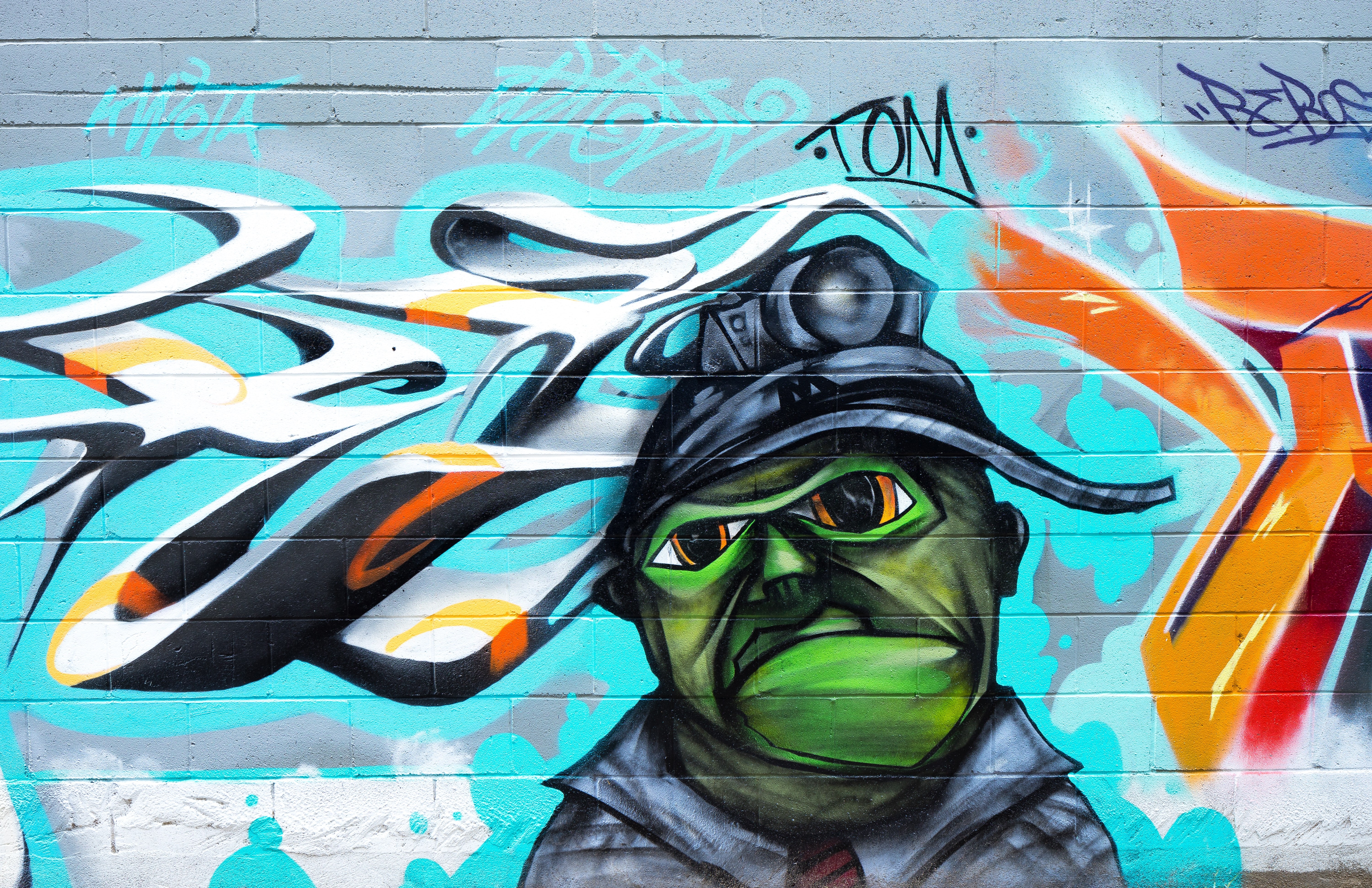Looking at Translation with a Dominican “Marilyn Monroe”
Posted on January 16, 2024

In “The Marilyn Monroe of Santo Domingo,” Dominican performance poet Frank Báez creates an unforgettable trans character who is both highly specific and something of an everywoman. An ambulance driver and a poet, an object of admiration as well as abuse, alternately earthy and fanciful, “Marilyn Monroe” will stick in readers’ memories for a long time.
Published bilingually and read aloud in a Spanish-language video from the author, the poem also presents a wonderful opportunity to look at translation from Spanish into English, especially if you’re working with Spanish-speaking students or those learning the language.
Introducing “Marilyn” to Students
Given the poem’s length and narrative structure, you might consider treating it like a short story when assigning reading—either giving students several days to read the entire poem or splitting the reading up by stanzas. To build empathy with the speaker and prepare students for literary analysis, you might ask them to consider these questions as they read:
- What are the best and worst moments for Marilyn in the poem?
- What changes and what stays the same for her?
Depending on their ages, you might also let students know that the poem includes some sexual references.
(Watch the video on YouTube; reading begins around 0:50.)
Then, to look at the poem’s translation, you might:- Show students a video of Frank Báez performing the poem and have them consider the music playing underneath as part of discussion of the questions above. You might ask: What emotions do you hear? What role does the music play? The guitar licks? How does listening to the poem add to our understanding of the author’s intentions?
- Put students into small groups to compare the poem’s English and Spanish versions, finding differences and discussing the possible reasons behind the translator’s choices. Students new to such questions might benefit from being provided with a few examples of places where the translation is not a one-for-one version of the original: “¿Qué se va a hacer?” becomes “What’s a girl to do?”
Advanced students might discuss how a specific description of a particular person can also reach toward universality, closely reading passages like the two below:
The woman who sits in the back pew
of the church with a black eye.
Miss Boca Chica nineteen-ninety-four.
That woman who smokes on the ocean boulevard
watching the ships with their lights turned on.
The second semester nursing student.
The blonde who drives ambulances, city buses,
passenger vans, trailer trucks.
I’m the MARILYN MONROE OF SANTO DOMINGO.
[. . .]
I go to the four cardinal points looking for myself
in a procession with all the women I’ve been
and those that I’ll be and those that I can’t be. [emphasis added]
Students might also discuss the potential pitfalls of writing about trans experiences when the author him/her/themself is not trans; for example, falling into unconscious stereotypes. You might ask students to talk in small groups, each focusing on a different section of the poem, about whether depictions seem “true to life.”
Pairs Well with . . .

Additional readings that might be interesting to examine alongside “Marilyn Monroe” include, from this website:
- “Self-Portrait,” another performance poem from Frank Báez, translated by Hoyt Rogers
- “Cavities and Kindness,” a Japanese story from the perspective of a trans woman; like “Marilyn Monroe,” this piece is from an author who is not herself trans-identified
Readings from elsewhere include:
- The Dominican National Poet Pedro Mir’s “Hay un país en el mundo,” to which this poem alludes in the passage beginning, “There’s a country in the world placed in the sun’s very path” (English translation by Antonia Wang)
- Poems from the Beats, American performance poets of the 1950s and ’60s whose work has some parallels to Báez’s; for example, Allen Ginsberg’s “Howl,” a celebration of marginalized lives, which Ginsberg dedicated to fellow poet Carl Solomon (includes some sexual references and four-letter words; author reading of the especially relevant Part 3 of the poem)
- “Song of Myself,” Walt Whitman’s most famous poem from the collection Leaves of Grass, which is mentioned in “Marilyn Monroe”
Potential Assignments
- Creative writing: Write a poem in the voice of a character who is not you.
- Project: Work in groups to create “music videos” for this poem, incorporating multiple images that represent your sense of the poem’s meaning and an audio reading. If you like, you can also incorporate music. (Educators, for tips and examples, see the blog post “International Literature to Inspire Student Filmmakers.”)
- Essay 1 (characterization): Who is “The Marilyn Monroe of Santo Domingo”? (Advanced: Does the central character in this poem seem more like a real person, like a symbol, or like both at once?) Does the poet create a believable character? Why or why not?
- Essay 2 (translation): Which parts of the English translation seem successful to you, and why? Are there any parts of the poem you might translate differently than Hoyt Rogers did? Explain your answer.
By Nadia Kalman, with research and additional writing by Maggie Vlietstra.



